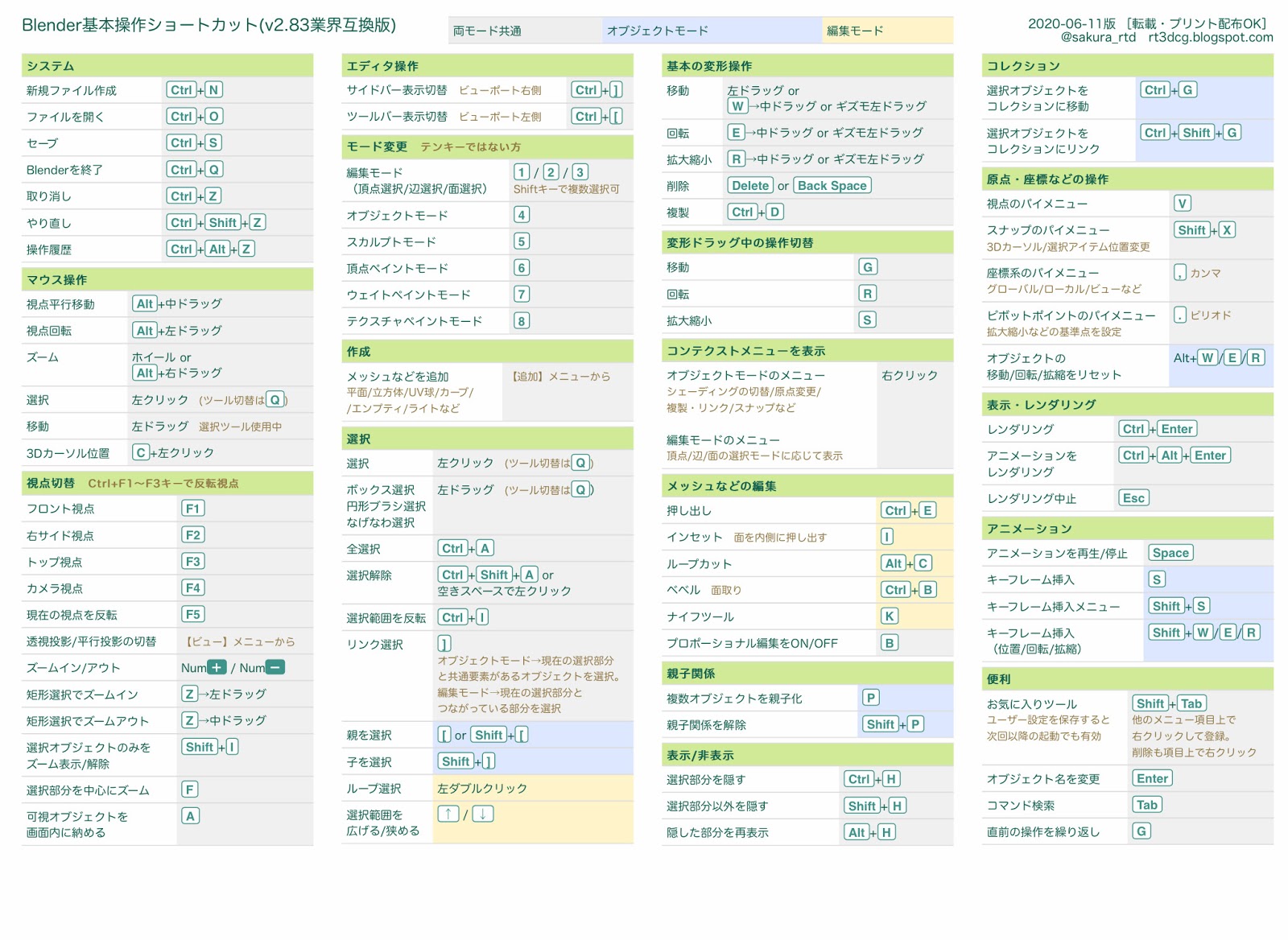

To help address this, AMD has been working very closely with Blender to improve support for GPU rendering in Blender using the AMD HIP API, to ensure users of AMD graphics cards can take advantage of all the enhancements found in Cycles X.įor AMD GPUs, this will be in Blender 3.0, expected in December 2021. This removed OpenCL support for rendering on AMD GPUs for technical and performance reasons. Blender 3.0 was announced with some rewrites to the rendering engine Cycles (AKA Cycles X). We have some exciting developments to share about AMD graphics card support. With improved AMD GPU rendering support in Cycles. Pots date to the mid 70s, specifically, 1975 week 52 for the sustain, and 1976 week 13 for the gain.Blender 3.0 takes support for AMD GPUs to the next level. The selector switch chooses which tone path is completed to the "Gain" control/main output.

This completes a clipping negative feedback loop popularly used in pedals like Big Muffs and Tubescreamers.Īt the same node as the diodes, there are 3 different tone selective paths that are presented to the amp's output. The 3rd transistor functions as a voltage follow/output buffer.Īt the output of this amp is a pair of 1N4001 silicon diodes that connect back to the input of the fuzz amp. The first two transistors are tied together as a "Darlington pair." This boosts the input impedance and the (potential) gain of the circuit. The "sustain" is actually being used as a variable resistor, not an attenuator like the other control. The gain of the first 2 transistors is controlled by the "Sustain" control. The 3 transistors are all tied together to form 1 functioning amp. "Fuzz" mode switches away from the JFET amp over to a 3 bipolar transistor circuit. "Gain" is simply the master attenuator for all the modes. "Volume" or "Level" would be a more appropriate label. It is the last component before the output of the circuit board. The "Gain" control is common to all modes. The preamp circuit is a JFET, "common source" inverting amplifier.


 0 kommentar(er)
0 kommentar(er)
